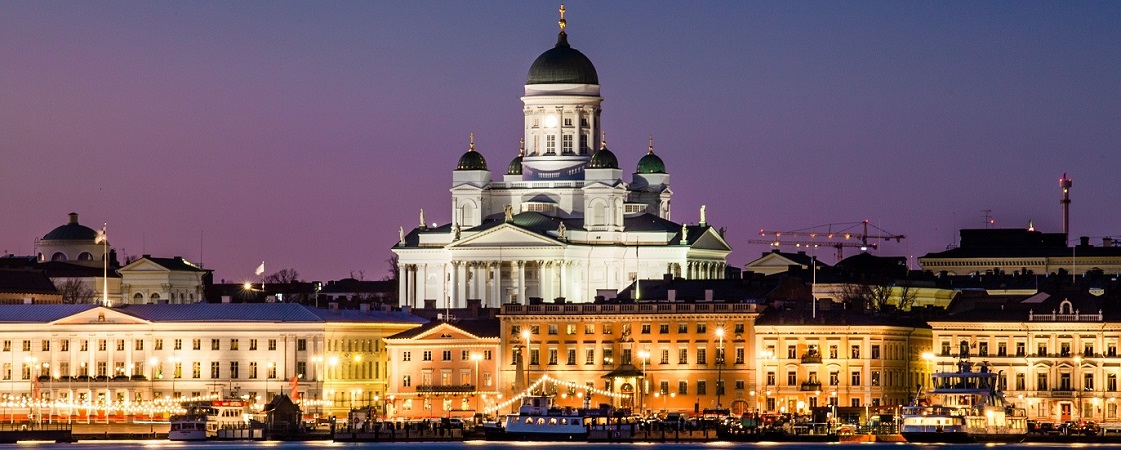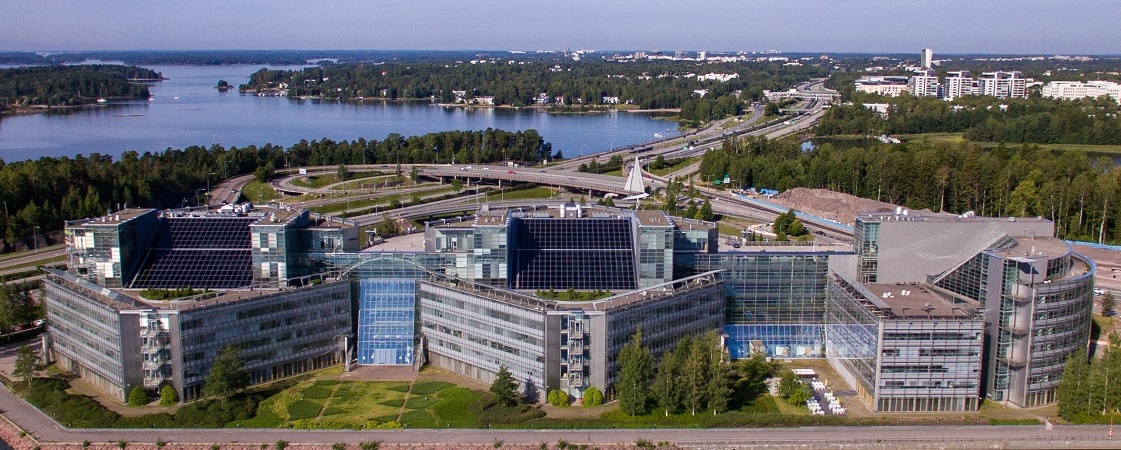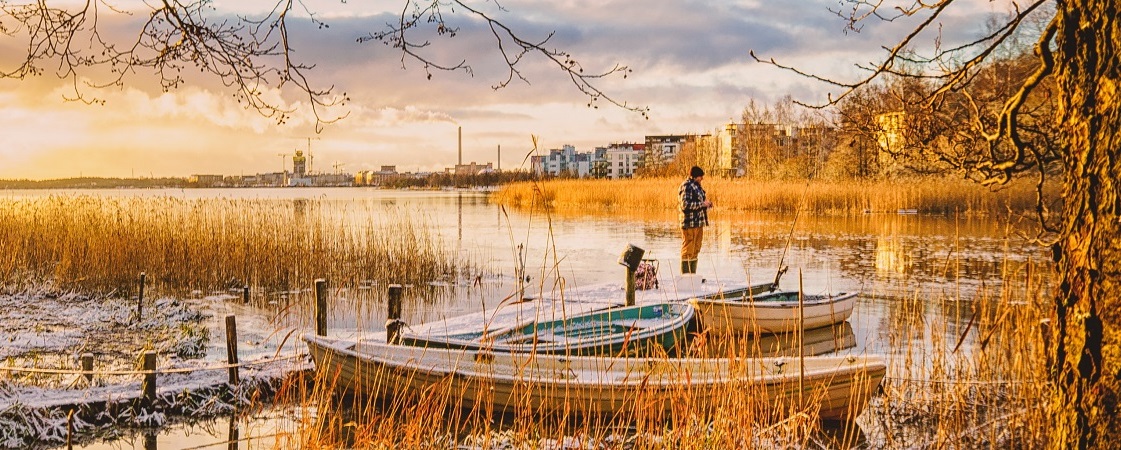About Espoo
Espoo is the second largest city and municipality in Finland. The population of the city of
Espoo was
270,416 as of 31 March 2016. It is part of the Finnish Capital Region, and most of its
population lives in
the inner urban core of the Helsinki metropolitan area, along with the cities of Helsinki,
Vantaa, and
Kauniainen. Espoo shares its eastern border with Helsinki and Vantaa, while enclosing
Kauniainen. The city
is on the shore of the Gulf of Finland, in the region of Uusimaa.
Other bordering municipalities of Espoo are Nurmijärvi and Vihti in the north, and Kirkkonummi
in the west.
The national park of Nuuksio is situated in northwestern Espoo. Espoo encompasses 528 square
kilometres (204
sq mi), of which 312 km2 (120 sq mi) is land.
Espoo doesn't have a traditional city center at all, but it has several local regional centers.
Espoo is
thus divided into seven major areas (Finnish: suuralueet, Swedish: storområden): Vanha-Espoo
(with
administrative center), Suur-Espoonlahti, Pohjois-Espoo, Suur-Kauklahti, Suur-Leppävaara,
Suur-Matinkylä,
and Suur-Tapiola.
Aalto University is based in Otaniemi, Espoo, along with a thriving science community that
includes numerous
startups and organizations such as VTT – the Technical Research Center of Finland. Several major
companies
are based in Espoo, including Nokia, HMD Global, Tieto, KONE, Neste Oil, Fortum, Orion
Corporation, and
Outokumpu, as well as video game developers Rovio and Remedy Entertainment.
The city of Espoo is officially bilingual. The majority of the population, 83.6%, speaks Finnish
as their
mother tongue, while a minority of 8.3% speaks Swedish. 8% of Espoo's population has a first
language other
than Finnish or Swedish.



